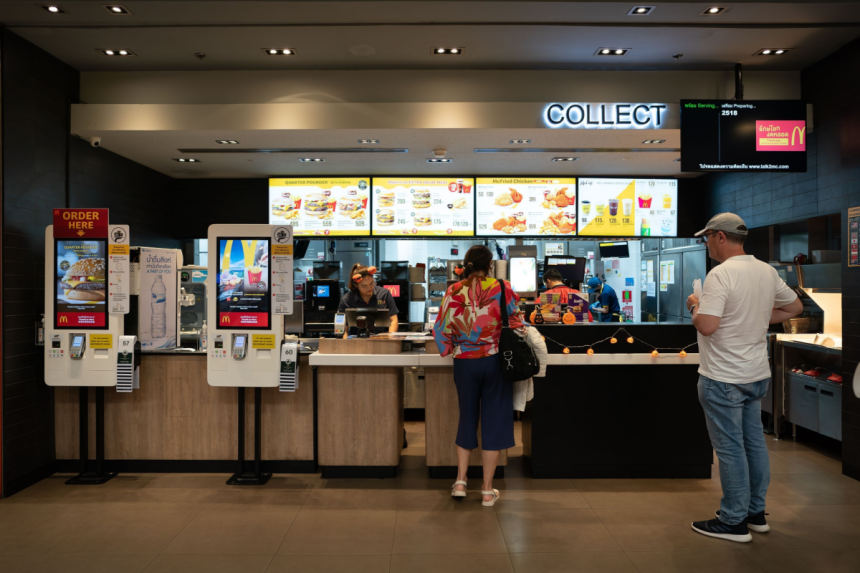McDonald’s is embarking on a multi-year transformation designed to modernize operations, enhance customer experience, and strengthen loyalty engagement. Speaking on the company’s second-quarter earnings call, CEO Chris Kempczinski emphasized how technology now sits at the core of this strategy, influencing both front-of-house interactions and back-of-house efficiency. From AI-driven personalization to cloud-enabled kitchen systems, McDonald’s is reshaping how its restaurants function worldwide.
Edge Computing and Faster Service
A key element of the transformation is McDonald’s partnership with Google Cloud to bring edge computing into restaurants. By processing data locally instead of relying solely on central servers, the system enables faster decision-making and real-time responsiveness. One standout initiative, the “Ready on Arrival” program, uses geofencing to alert staff when mobile customers approach. Orders can then be timed for completion, cutting pickup wait times by more than half in U.S. pilot markets. This program is being expanded across McDonald’s top markets.
Boosting Loyalty and Engagement
Digital engagement is another pillar of the strategy. McDonald’s has set a goal of reaching 250 million 90-day active loyalty users by 2027, building on the more than 185 million members already enrolled across 60 markets. Data shows loyalty members are far more frequent visitors—averaging 26 visits in the year after joining versus 10.5 prior. Personalized offers delivered through the McDonald’s app are helping drive these increases, underlining the financial potential of integrated loyalty programs.
Modernizing Operations
Behind the scenes, McDonald’s is phasing out hundreds of legacy technology systems in favor of standardized global platforms. These include a new finance system, updated human capital management tools, and IoT-based monitoring for kitchen equipment. The IoT system provides early alerts for maintenance needs, helping to reduce downtime and streamline servicing. Standardization also improves training, ensures consistent practices across markets, and enhances data accuracy—further strengthening the chain’s global operations.
Financial Results and Industry Context
The company’s second-quarter earnings point to positive momentum. Net income rose 11% year-over-year to $2.25 billion, while revenue climbed 5% to $6.84 billion. Global comparable sales increased 3.8%. While multiple factors contributed, McDonald’s highlighted technology investment as a driver of efficiency and improved customer satisfaction. In the wider quick-service restaurant industry, rivals such as Burger King, Wendy’s, and KFC are also scaling up digital ordering and automation. McDonald’s differentiates itself by applying initiatives across its vast international footprint while adapting to local markets.
McDonald’s approach demonstrates how technology can transform both customer experience and operational performance. By linking digital engagement with kitchen and supply chain systems, the company is creating a more responsive and efficient model. Its phased, scalable deployment underscores the importance of testing innovations before global rollout. As expectations for speed and personalization rise across the quick-service sector, McDonald’s sustained investment in technology positions it strongly for long-term competitiveness.






